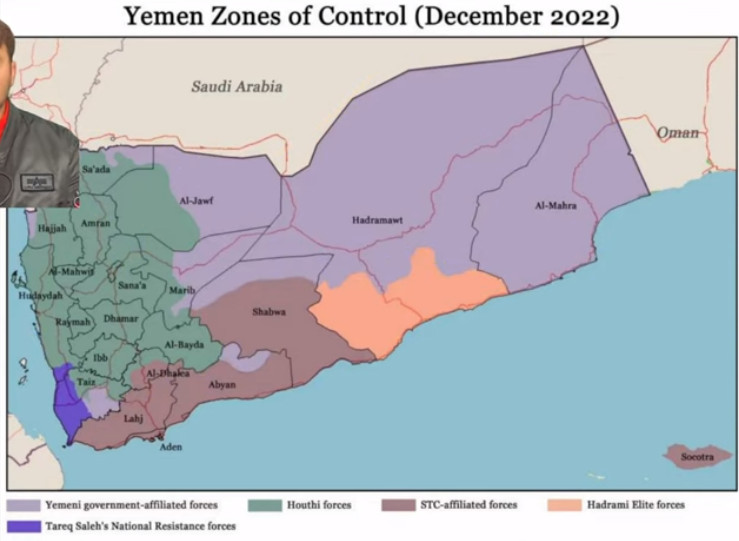
Date: 2024-09-27 Page is: DBtxt003.php txt00025792
YEMEN

Original article:
Peter Burgess COMMENTARY
I did some work for the World Bank in Yemen in the 1980s. At the time there were two separate Yemens ... PDRY and YAR ... that is the People's Democratic Republic of Yemen with its capital in Aden and the Yemen Arab Republic with its capital in Sanaa. Our assignment was to assess the complete World Bank portfolio in the two countries. In order to do this the team visited every corner of the country.
My specific task was to evaluate the progress and performance of all the fisheries development projects in the countrry, and in order to do this the WB team travelled to every part of the coastline from the border with Oman in the North and East to the border with Saudi Arabia in the South and West.
Aden in PDRY had had a very important role as a 'coaling station' when Great Britain was governing India and travel was mainly by steamship. This economic engine was long gone and PDRY was economically depressed, controlled by a Communist Government and aligned with the Soviet Union. The World Bank had two projects in the fisheries sector, one located in Makala and the other in Nishtun. The Makala project was failing in large part because neither the World Bank nor the local government officials understood much of fisheries population dynamics. More fishing effort does not produce more fish unless the fish population will support that level of effort ... and in the case of the fishing fleet based in Makala, the resource was simply not available.
The project funded by the World Bank in Nishtun was bigger and very different. The WB together with Danida was funding a new fishing port in Nishtin in the North of PDRY and quite near the Oman border. When the WB team visited the site, the port infrastructure was almost complete though no fishing operations had been start. Nevertheless, the port was very busy with several large Soviet landing craft offloading military equipment. This was meant to be a 'secret' operation because it was absolutely forbidden that World Bank funding should be used in support of miliary activities and this was clearly a blatant violation of this financing condition.
There was another major fisheries development project in Yemen. This was in YAR at Hodeidah where a new modern shrimp fishing fleet was to be based funded by the World Bank and Danida. The fisheries resources study to justify this World Bank project had been prepared about five years before by Continential Seafoods Inc (CSF) where I was the CFO and responsible for oversight together with FAO of this study. This CSF/FAO study which lasted for two years covering two fishing seasons and was about 200 pages long in English. It became apparent very quickly that the World Bank and government officials in Yemen had not made use of the 200 page report but had used a 3 page summary in English and a related translation into Arabic. The CSF conclusion was that there were shrimp in the area around Hodeidah that might support two fishing vessels, but more vessels would be needed for efficient profitable commerncial operation and the resource would not support such a larger fishing effort. The World Bank and the Yemen (YAR) Government were in the process of purchasing a 16 vessel fishing fleet that would certainly not be commercially viable.
Worse, the procurement practices of the YAR Government were seriously corrupt and it was fairly clear that the contracts for construction of the fishing trawlers included substantial financial flows to high level government officials.
Peter Burgess